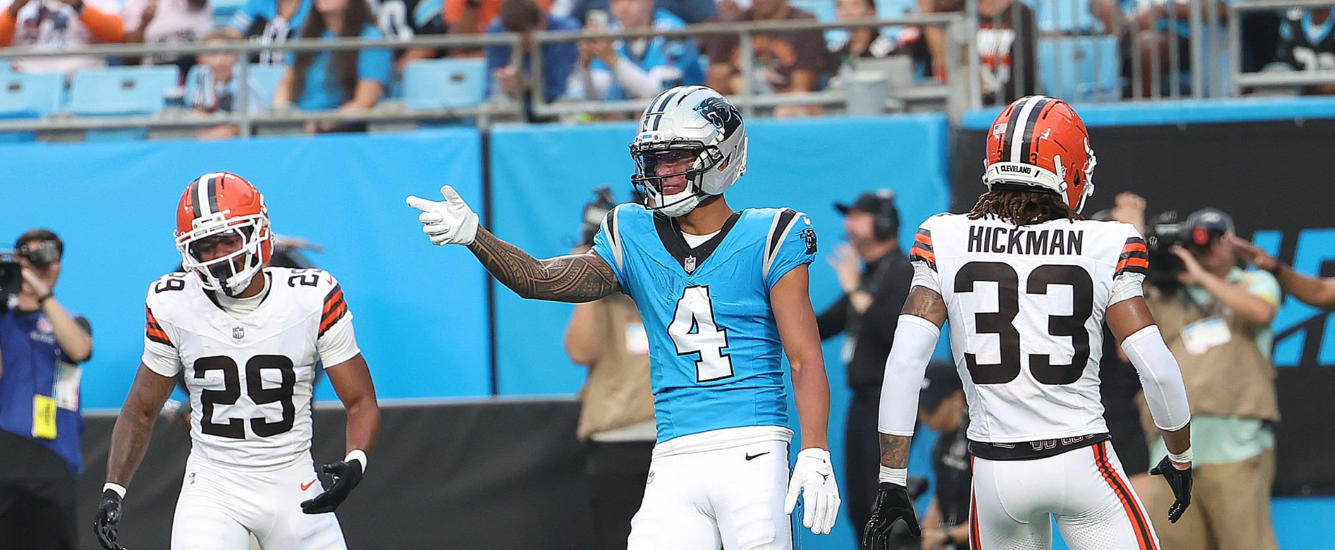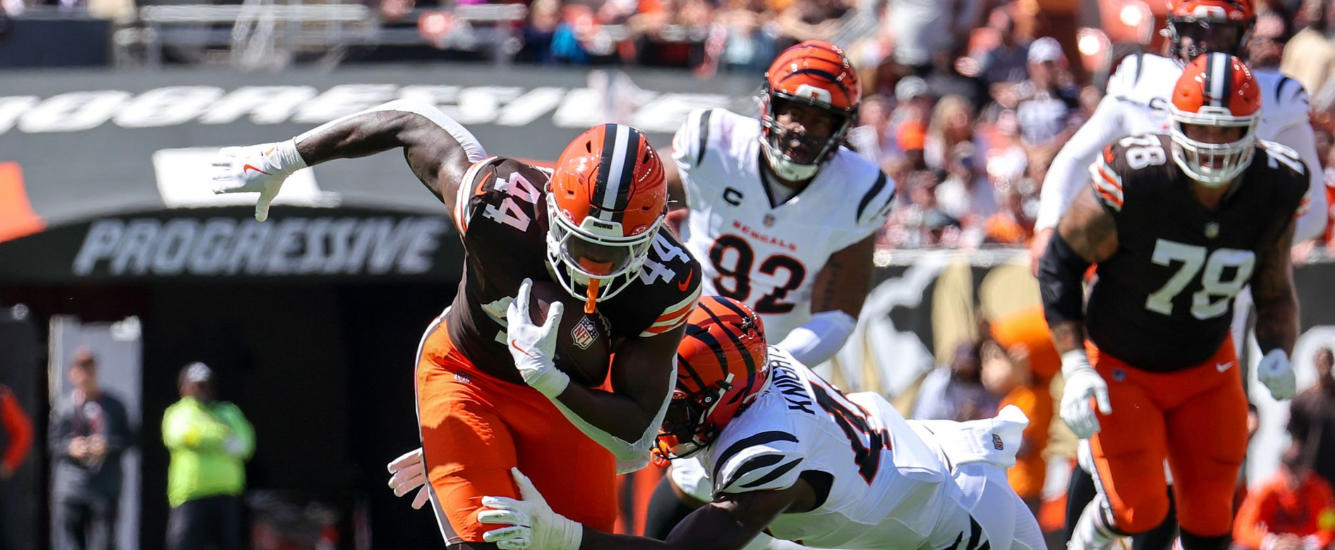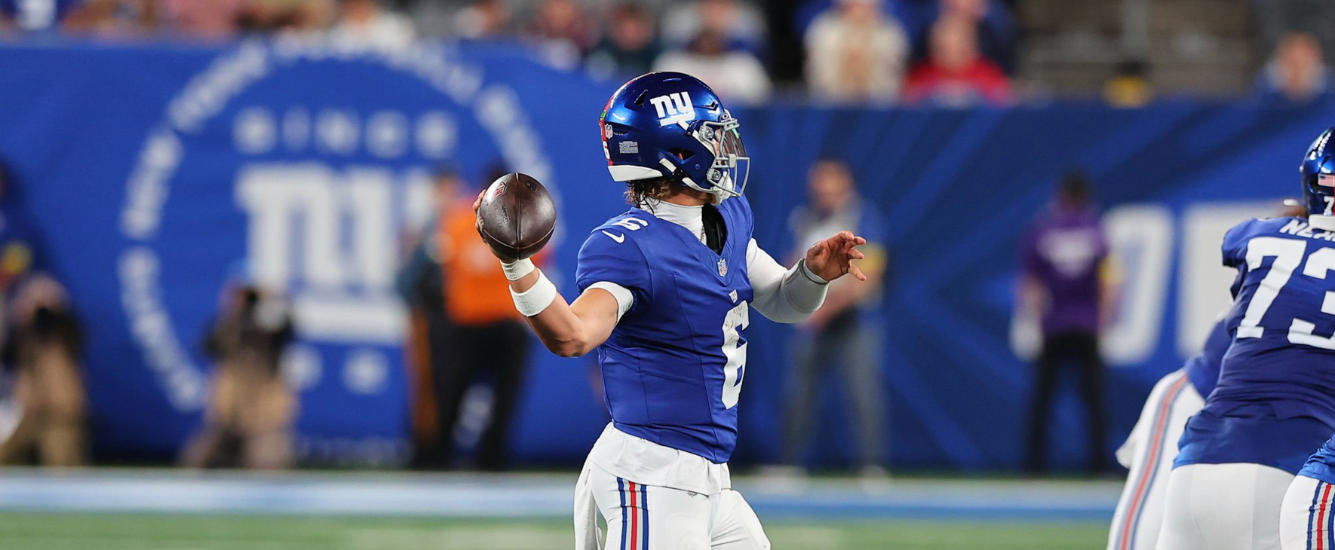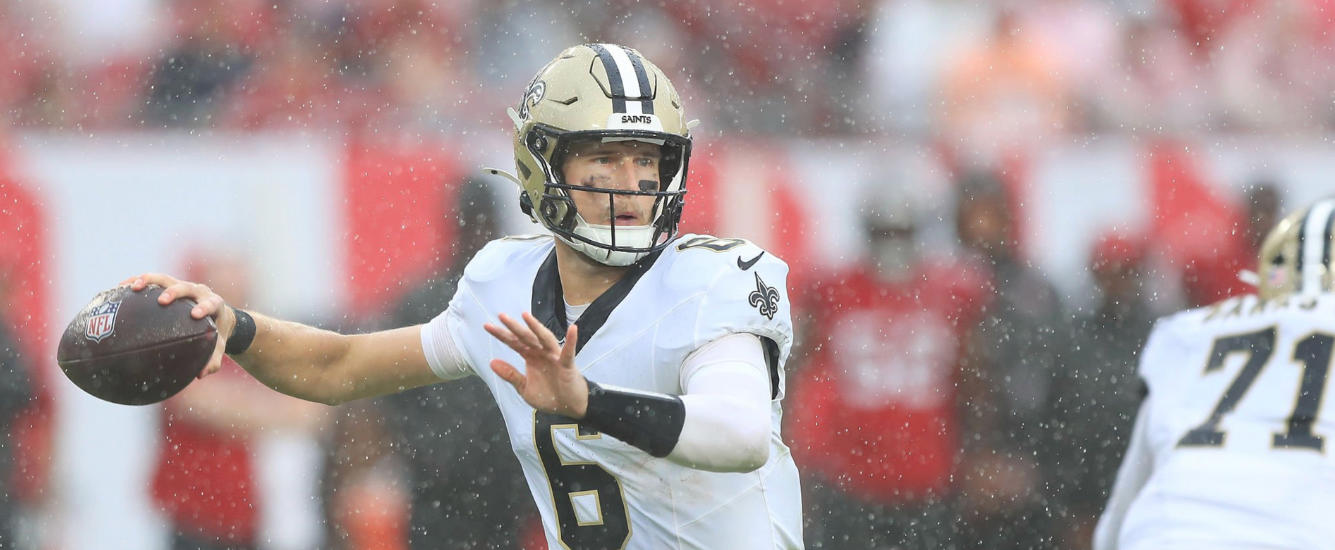Welcome to The Wrong Read. This weekly article uses advanced team-level metrics to preview the week’s upcoming matchups. The goal is to try to understand how an upcoming matchup might play out in terms of each offense’s ability to execute their game plan. How successful will they be when trying to pass? How much will they be able to run the ball?
It’s impossible to answer these questions definitively, but by exploring the advanced metrics we can better understand the dynamics that might not show up in the box score every week. We can use these metrics to find hidden signal that could indicate how a team wants to play football and how likely they are to be able to play the way they want against an upcoming opponent.
The numbers below include data from Weeks 1-4 along with the final weeks of 2023. This means that personnel changes won’t be entirely reflected in these numbers — in cases where that matters I’ll point it out. But we can still get a good sense of what to expect from each of these teams. I’ll highlight the most salient features of the matchup below each graphic.
One note on the images below: Starting last week we made an adjustment to how the rankings and color coding is presented. All rankings and colors now assume the offense’s point of a view. So a No. 1 ranking in a defensive metric indicates they are the easiest matchup for opposing offenses to face. Likewise, a No. 32 ranking indicates a team is the most difficult matchup. This makes it much easier to glance at the images and see which matchups are most favorable for the offense.
New York Jets at Minnesota Vikings
Breece Hall comes off a difficult matchup against Denver and now travels to London to face an even tougher test.

But what might be a bigger problem for Hall is that he was outplayed in Week 4 by Braelon Allen. On the season, Allen leads Hall in both yards before and after contact. The rookie holds a huge edge in broken tackle rate and has been stuffed at just over half the rate of the starter.

The Jets are one of the best after-contact teams — this is an area where Hall still looks good — and the Vikings are one of the league’s worst at limiting after-contact yards. But that really is their only weakness.
New York may opt to air it out. Minnesota blitzes at the highest rate in the league, and that strategy appears to leave some holes in the secondary.

Only one team allows more yards of separation. The Vikings also present a top-10 matchup in passing yards per play and YAC over expected. Aaron Rodgers hasn’t needed much time to throw in 2024 — he’s been targeting receivers close to the line of scrimmage — but Vikings will still give him more than most NFL teams. The Jets might also be able to handle the Vikings’ blitz better than most teams. They rank No. 11 in pressure rate allowed and have a top-five offensive line in Passing Points Earned per Snap.

The Jets’ pass defense operates at the other extreme: they rarely blitz, and perhaps partly as a result they play very tight coverage. So far the results have favored New York’s approach.

The Jets are the toughest matchup in terms of average yards of separation, passing yards per play, and EPA per pass. The trade-off is that they are vulnerable against explosive running games.

Minnesota has been a reasonably successful rushing team, and New York has been among the easier rushing matchups, especially against teams who can pick up chunk yardage after contact. That happens to be one of Minnesota’s relative strengths.
Cleveland Browns at Washington Commanders
The Commanders have become one of the most exciting offenses in football, largely thanks to rookie Jayden Daniels. He will face arguably his most difficult opponent on Sunday, at least when it comes to his passing outlook.

No team gets to opposing quarterbacks faster than Cleveland. Only three teams allow fewer passing yards per play. That Cleveland sells out to stop the pass comes at a cost however.

No team allows more yards after contact on the ground, and only two teams allow more rushing yards per play. The Browns are the fourth-easiest matchup in rushing yards over expected and the fifth-easiest in explosive run rate. Meanwhile, Washington is No. 1 in EPA per rush and also ranks highly in RYOE and yards before contact.
The offensive advantage in the running game could be a trend in this game. Washington’s rush defense is possibly worse than Cleveland’s.

The Browns are among the best teams at picking up yards after contact, and are above average in many other advanced rushing metrics. Only one team gives up more yards per play or a higher explosive run rate than the Commanders.
On the other hand, Washington’s not that great at stopping the pass either.

Indeed, they have arguably the least effective pass rush and therefore the least effective pass defense (measured by EPA per pass) in the league. The difference is that Cleveland’s passing offense struggles almost as much as Washington’s passing defense. The Browns will likely try to run the ball as their top priority. Whether they’ll be able to keep it up depends in part on Daniels’ ability to navigate Cleveland’s aggressive and stingy pass defense.


















